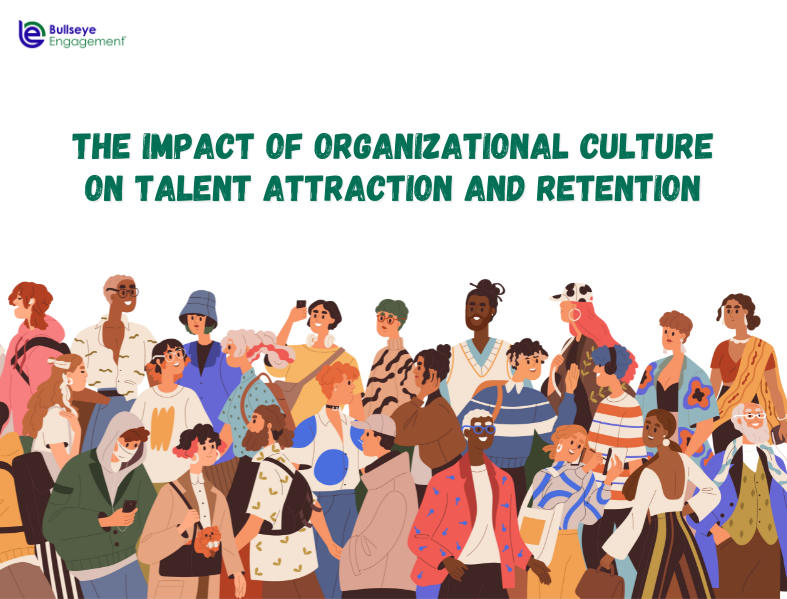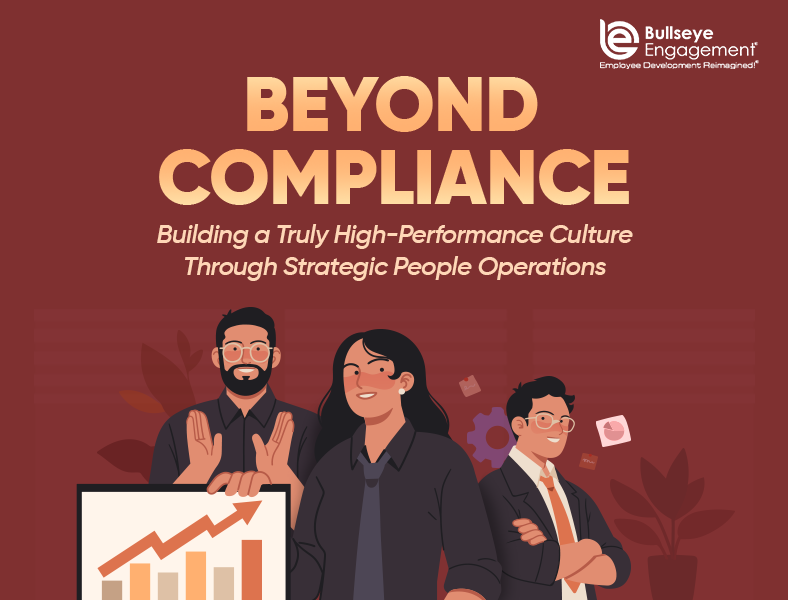Organizational culture is more than just an internal ecosystem within a company; it’s a significant determinant of a company’s identity and can deeply influence both talent attraction and employee retention. This blog explores how the prevailing culture in an organization plays a crucial role in not only attracting skilled professionals but also keeping them engaged and committed to the company’s goals.
Understanding Organizational Culture and Its Significance
1. What is Organizational Culture?
Organizational culture refers to the collective values, beliefs, and principles of organizational members. It is a key driver that influences how employees behave and interact within a business, and it sets the tone for working dynamics and company ethics.
2. Why is Culture Important in the Workplace?
The importance of a strong and positive organizational culture cannot be overstated. It fosters an environment where employees feel valued and understood, which in turn boosts their motivation and satisfaction levels. A well-cultivated culture promotes a sense of community, enhances collaboration, and drives organizational success.
The Role of Organizational Culture in Talent Attraction
1. Attracting the Right Talent
A company’s culture can be a powerful tool in attracting talent. Candidates often look for workplaces where they can fit in and thrive, not just survive. Organizations that clearly communicate their culture through their employer branding efforts tend to attract candidates who share similar values and are more likely to be engaged with the company’s mission.
2. Employer Branding and Cultural Fit
Employer branding is how a business markets itself to desirable potential employees. An organization that highlights its unique culture through its branding will attract professionals who resonate with its values. This alignment is crucial as it ensures a smoother integration of new hires into the team, promoting longer tenure and reducing turnover rates.
Enhancing Employee Retention through Cultural Cohesion
1. Fostering Employee Engagement
Employees are more likely to stay with a company if they feel a strong connection to its culture. Engaged employees who believe in their company’s values and find their work environment supportive are less likely to seek employment elsewhere. This level of engagement is fostered by recognition, rewards, and a culture that values employee contributions.
2. Developing a Supportive Environment
The organizational culture that prioritizes supportive relationships and positive work environments can significantly decrease employee turnover. A culture that encourages open communication, feedback, and mutual respect among employees can foster a more comfortable and stable environment that supports long-term retention.
Best Practices for Cultivating a Positive Organizational Culture
1. Continuous Culture Assessment and Improvement
Organizations should continually assess and refine their culture. This can be achieved through regular feedback mechanisms, employee satisfaction surveys, and engagement programs that help understand the employees’ perception of the company culture.
2. Leadership and Culture
Leaders play a critical role in shaping and maintaining an organization’s culture. Effective leaders not only embody the values of the organization but also actively promote them, ensuring that the culture remains alive and well throughout all levels of the company.
Conclusion
The impact of organizational culture on talent attraction and retention cannot be underestimated. Companies that invest in building and maintaining a strong, positive culture not only attract the right talent but also retain them, ultimately leading to a sustainable competitive advantage. For businesses looking to thrive, focusing on nurturing a culture that aligns with their strategic goals and employee expectations is imperative.
By addressing organizational culture, companies can significantly enhance their workforce stability and performance, creating a thriving, productive environment that benefits both employees and the organization.

















